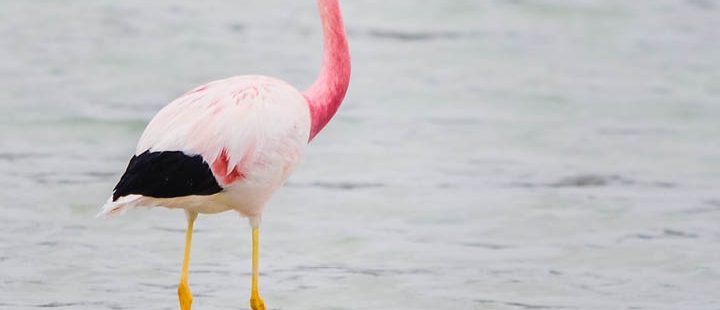Articles are words that make it clear whether a noun refers to something specific or something general. The English language has only three articles: a, an, and the. This stanza from Emily Dickinson’s poem “A Bird Came Down the Walk” demonstrates the use of all three:
A Bird came down the Walk—
He did not know I saw—
He bit an Angleworm in halves
And ate the fellow, raw
Definite Articles
The only definite article in the English language is the word the. It’s called a definite article because it refers to a specific (or defined) person, place, or object. In the above poem, the poet talks about one particular worm, and refers to him as “the fellow.” The poet is not talking about just any worm. Rather, she is directing the reader’s attention to a certain worm that is being eaten.
Indefinite Articles
The words a and an are indefinite articles. They are used when talking about non-specific things, people or places. Dickinson does this when she writes about “a bird, ” and when she mentions “an Angleworm.” Notice that in this example, the poet is not referring to one certain worm the listener is already familiar with. The worm could be any worm on the planet.
Indefinite articles can only be used to refer to countable nouns (e.g. “a car,” referring to “1 car”). Examples of nouns that are not countable include flour, weather, water, and politics. With uncountable words, you can use the definite article, the.
In this description of the character Jo from Louisa May Alcott’s novel Little Women, the first indefinite article refers to Jo’s mouth, and the second to her nose: “She had a decided mouth, a comical nose, and sharp, gray eyes, which appeared to see everything, and were by turns fierce, funny, or thoughtful.” Since it is possible to count mouths and noses, it’s okay to use an indefinite article here.
When to Use A or An
If the noun an article modifies begins with a vowel sound (A, E, I, O, or U), an is the correct article to use. Remember that even if a word is spelled with a consonant at its beginning, it may still begin with a vowel sound. For example: “It’s an honor to be here today.” Although honor begins with the consonant H the first sound is that of a vowel. Therefore, an is the proper article.
To recap: use a when referring to something that is both non-specific and countable, and use an when that thing begins with a vowel sound. The is the article to choose when you’re referring to a specific person, place, or thing—like the flamingo that’s pictured in that photo!
Are you an article master? Test your knowledge now. Take the quiz.














